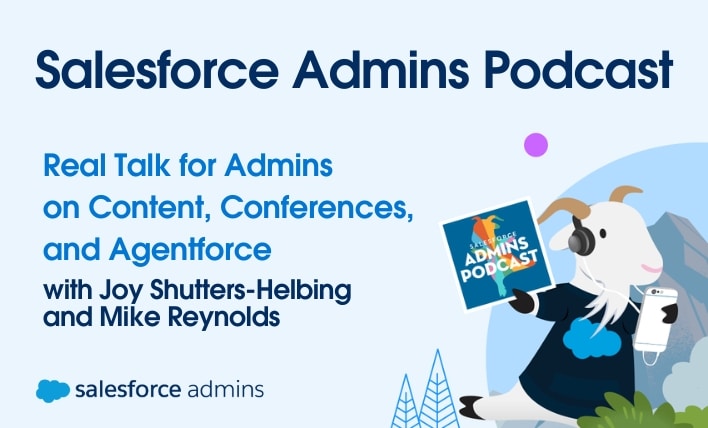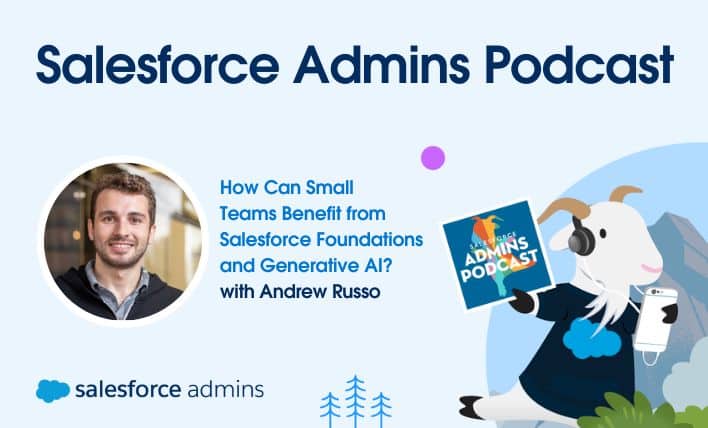Today on the Salesforce Admins Podcast, we talk to Jennifer Lee, Joshua Birk, and Kate Lessard from the Admin Evangelist team at Salesforce. Join us as we revisit the team’s predictions from the beginning of the year for how Agentforce will change the game for admins in 2025. You should subscribe for the full episode, […]


 This week on the ButtonClick Admin podcast we welcome Glenn Weinstein, who is the Chief Technology Officer at Appirio. He is responsible for driving the technology vision for Appirio and building out the world-class systems and processes necessary to support Appirio’s rapid growth—all without owning a single server. We start off by talking with him about his inspiration to start Appirio. Then we dive deep into what the business IT should be in reference to his Computer World blog post “Where does the cloud end?”. Glenn shares with us what the role for a CIO is in an organization moving forward now that cloud is widely accepted solution. Finally, Glenn shares with us how Appirio manages Salesforce and improve their company with a Centers of Excellence program.
This week on the ButtonClick Admin podcast we welcome Glenn Weinstein, who is the Chief Technology Officer at Appirio. He is responsible for driving the technology vision for Appirio and building out the world-class systems and processes necessary to support Appirio’s rapid growth—all without owning a single server. We start off by talking with him about his inspiration to start Appirio. Then we dive deep into what the business IT should be in reference to his Computer World blog post “Where does the cloud end?”. Glenn shares with us what the role for a CIO is in an organization moving forward now that cloud is widely accepted solution. Finally, Glenn shares with us how Appirio manages Salesforce and improve their company with a Centers of Excellence program.


